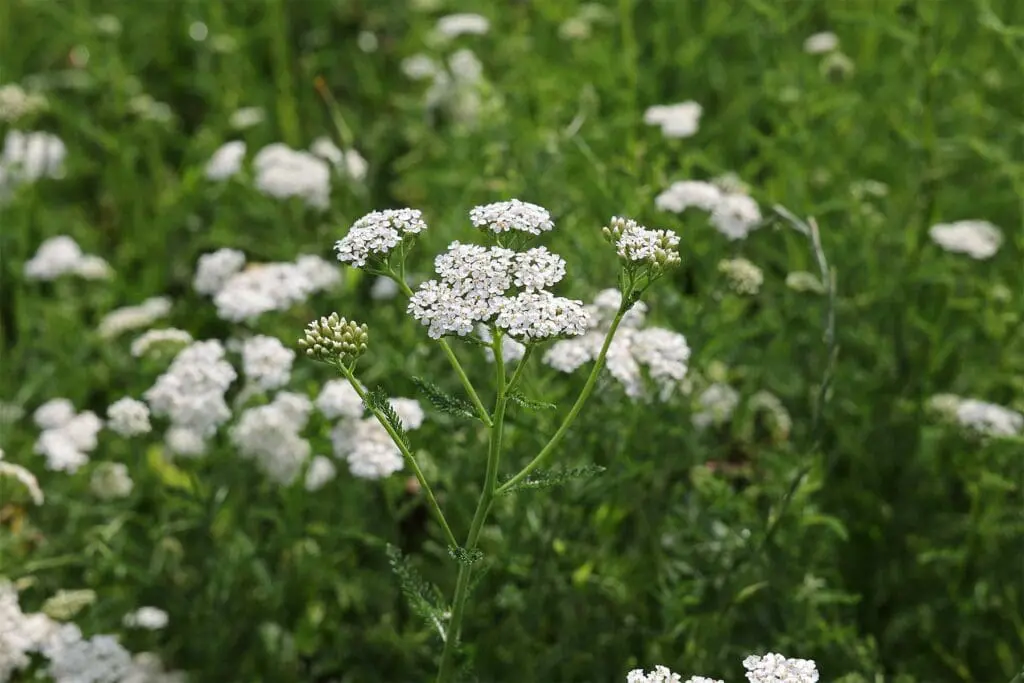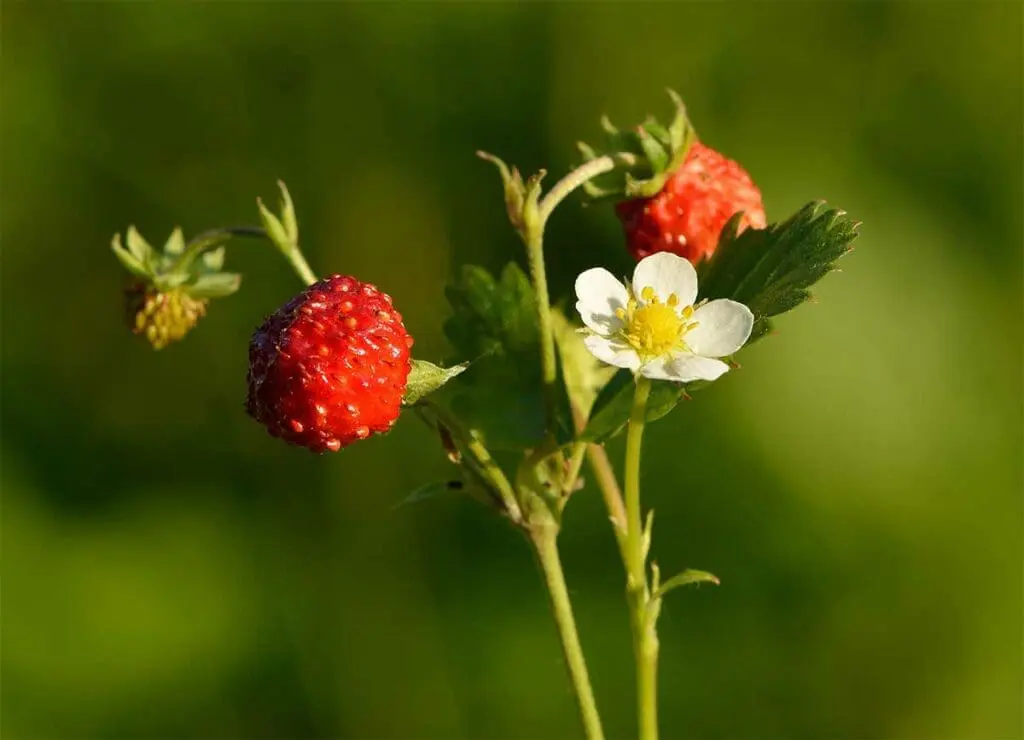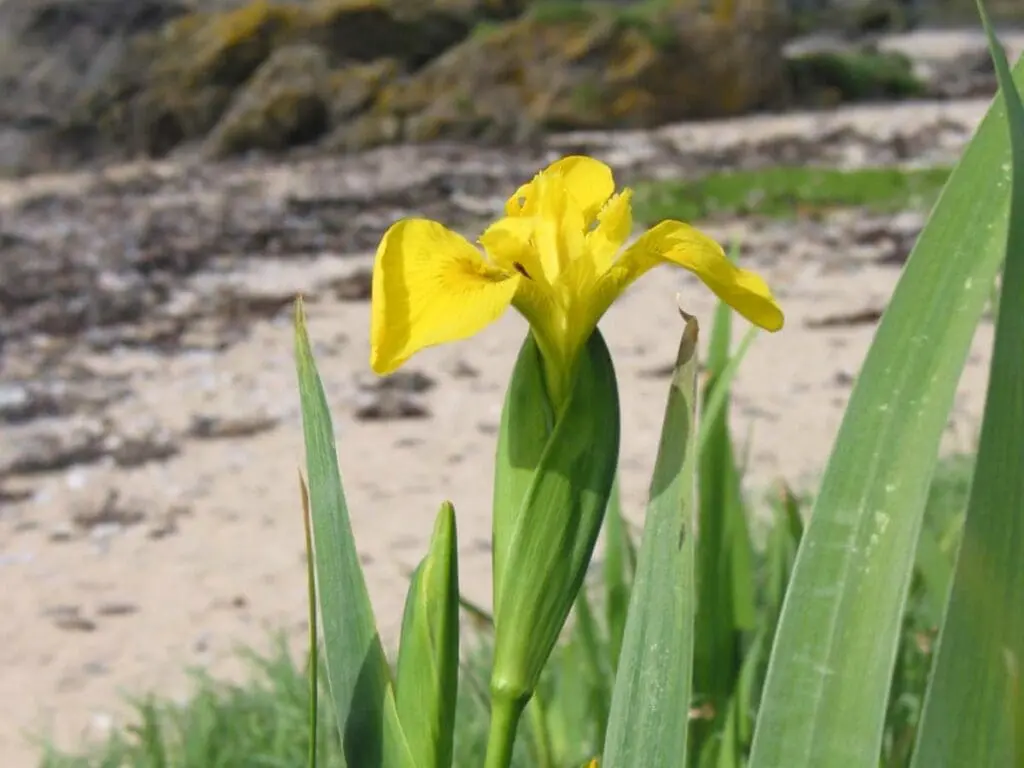- Scientific name: Achillea millefolium
- Family: Daisy (Asteraceae (formally Compositae))
- Found in: Grassland
Yarrow is a tough wildflower found in grasslands throughout the UK and Ireland. It is rich in folklore and consequently is known by many different names.
The first part of its botanical name Achillea is derived from the belief that Achilles used Yarrow to treat the wounds of his soldiers injured during battle. A direct translation of millefolium, the second or species part of its botanical name, means ‘thousand leaves’, which refers to the many slits on each leaf giving the plant the appearance of having thousands of leaves.
Among the many common names that yarrow has been known by include; ‘Nose-Bleed’, as it has been used through history to stop a nose bleed; ‘Devil’s Plaything’, for its association with the devil; and ‘Death Flower’ in Wales and was considered a token of death if brought into the house.

Flowers and leaves
Yarrow flowers are white, cream or very pale lilac in colour and are in bloom from June to September. Sometimes, if the weather is mild, Yarrow flowers can still be seen in late October and into early November. The flower head consists of many small daisy-like flowers clustered together in an umbrella shape and are pollinated by insects.
The stem is rough and furrowed with white downy hairs. The distinctive leaves branch from the stem alternately, and are ‘bipinnatifid’ in form (leaves fold in on themselves twice) giving them their characteristic millefolium (or many leaf) appearance.
Properties
This native wildflower has an impressive list of beneficial properties and all parts of the plant can be used in one form or another. Yarrow is renowned for its healing properties.
As well as helping wounds to clot it is also an astringent. It is still used today in ointments to treat wounds. Although this cannot be recommended, it was used in days gone by to cause a nosebleed to relieve headaches. It is well known as a remedy for severe colds when prepared as a tea as it opens pores, promoted sweating and supposedly purifies the blood. Yarrow has also been used as snuff and a tobacco substitute.
It is important to note that there are dangers recognised with the use of Yarrow. Prolonged use of this plant as a tea is known to cause light sensitivity affecting both the skin and eyes. Pregnant women should not drink Yarrow tea and as with all herbal remedies a specialist should always be consulted especially with regard to its use.
In addition to the plant’s beneficial medical properties, it is also noted for its ability to prevent disease when planted and may be useful as a green manure.
Propagation
From seed
Yarrow can be grown from seed but requires a period of cold to germinate. In late January or very early February, sow the seeds finely in a seed tray containing peat-free compost.
The seeds are very small and so should be covered only by a very thin layer of soil. When the seeds have germinated and a small rosette of leaves has formed, transplant individual plants into small pots to grow on before planting out in late spring.




